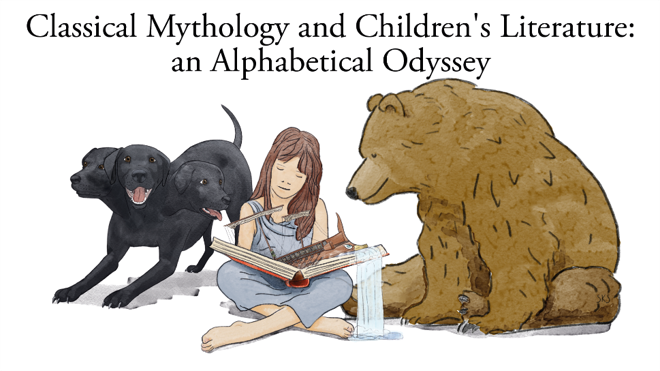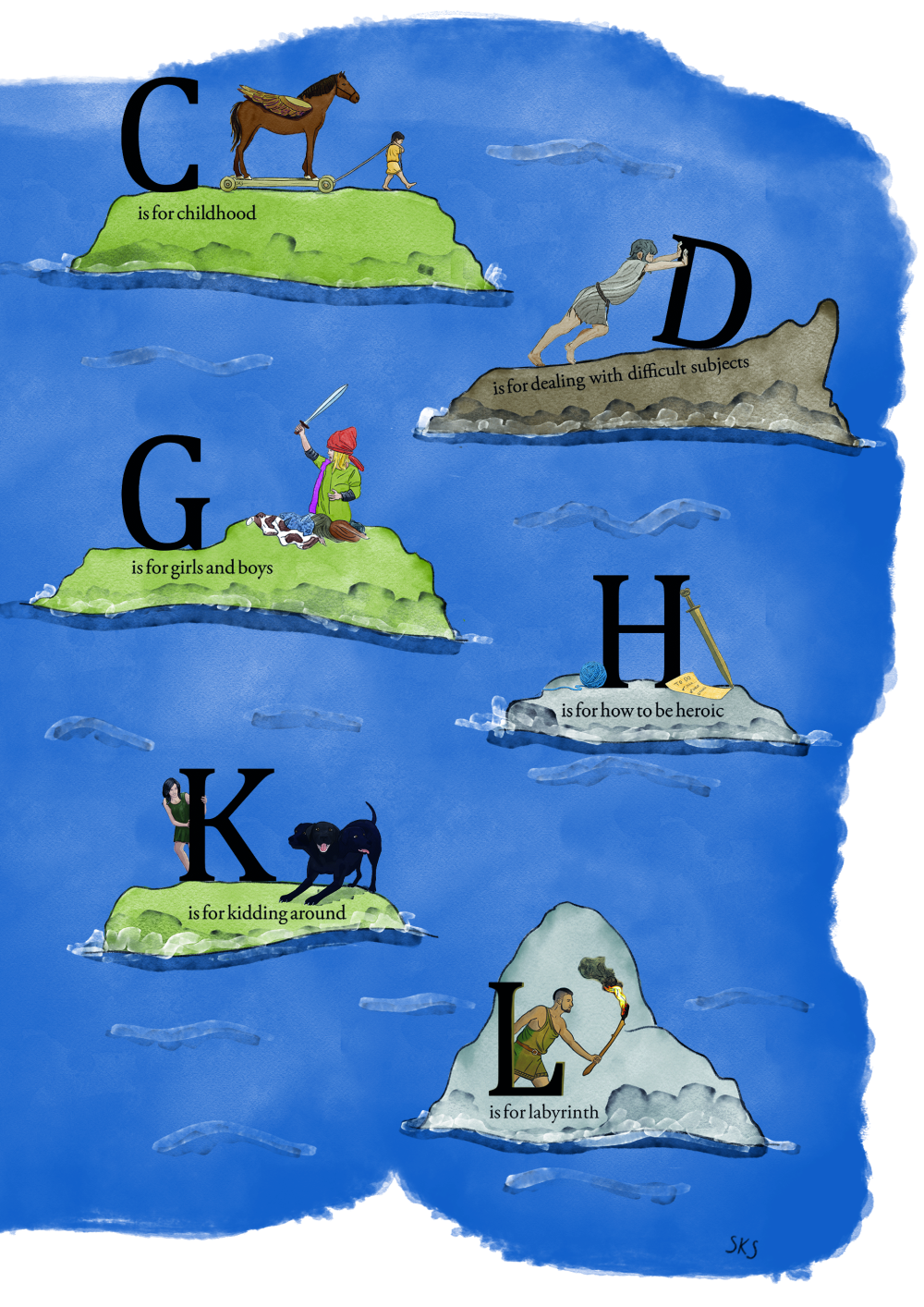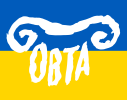An Alphabetical Odyssey

Classical Mythology and Children’s Literature… An Alphabetical Odyssey
By Elizabeth Hale and Miriam Riverlea
Illustrations by Steve K. Simons
Open Access file and hardback copy available via the Publisher's website.
Written by Prof. Elizabeth Hale and Dr Miriam Riverlea, Classical Mythology and Children’s Literature… An Alphabetical Odyssey explores how texts for children present, and are influenced by, classical mythology. Inspired by Homer’s Odyssey and the structure of the children’s alphabet book, it takes readers on a journey through an ocean of texts, ideas, and meanings. Short chapters on classical topics, themes specific to childhood, and aspects of classical reception offer critical overviews and reflections of key ideas, along with suggestions for activities and further reading (in terms of both literary and scholarly fields). Travelling through this ocean of meaning on an Alphabetical Odyssey, reflects heroic journeys of classical and children’s literature alike: whereby stories take readers out into the world and home again, to learn about new things, and also to rediscover and reflect upon what may already seem familiar.
Hale and Riverlea form the core of the Our Mythical Childhood project’s Australasian team, and Classical Mythology and Children’s Literature... An Alphabetical Odyssey incorporates reflection on children’s literature from around the English-speaking world (and beyond), revealing the sheer volume and scope of a creative field that brings together ancient and modern for our youngest readers, connecting the past and the present, and inspiring the literary odysseys of the future.
As the introduction observes: “The influences of the ancient world are visible in a sea of modern texts, moved by lapping and overlapping waves of topics and concerns, styles and types, genres and forms, inspirations, influences and revisions, retellings and adaptions. How does one find one’s way through this ocean of meaning, without being tumbled and tossed, waylaid and held up, or without missing something important along the way? How much could we cover, in this book, and how could we keep things clear? How would we present a world of literature that is so various in its styles and approaches, and how could we do so while retaining a sense of objectivity and neutrality? For not only are there so many approaches to classical subject matters, there are also so many different styles of children’s books. There are also so many readers, with changing likes and interests, dependent on their age, reading ability, reasons for reading, and their needs. The ocean becomes bigger every time we consider it”.
To shape the journey through this sea of texts and ideas, chapters are arranged alphabetically. And like all good adventure stories, the book comes with a map, in the form of delightful illustrations by Steve K. Simons (who along with Dr Sonya Nevin has developed the innovative Panoply Greek Vase Animations). His illustrations, and map (see below for a fragment), provide images that encapsulate and reflect upon the discussions of each chapter:
 A is for AdaptationB is for BeastsC is for Childhood
A is for AdaptationB is for BeastsC is for Childhood
D is for Dealing with Difficult Subjects
E is for Emotions
F is for First Encounters
G is for Girls and Boys
H is for How to Be Heroic
I is for Being Informed
J is for Journeys
K is for Kidding Around
L is for Labyrinth
M is for Mythical and Magical Beings
N is for Nature
O is for the Olympians
P is for Philosophical Approaches
Q is for Quality
R is for Relationships
S is for Speculation
T is for Time
U is for Underworld Adventures
V is for Visual Storytelling
W is for Weaving
X Marks the Spot
Y is for Young Adulthood
Z is for Zest
The Odyssey has a tidy ending, in that Odysseus returns home to his family and kingdom. Alphabets, too, give shape to things: providing a sense of order and completeness. Yet in employing these structures, Classical Mythology and Children’s Literature… An Alphabetical Odyssey provides an open-ended structure: inviting readers to proceed through the chapters in order, or to create their own paths through the ideas and information in the book, dipping in and out as they please, and creating Odysseys of their own.








